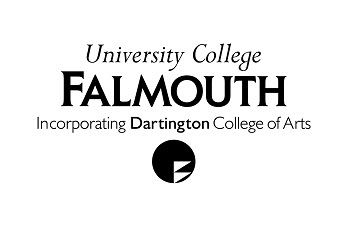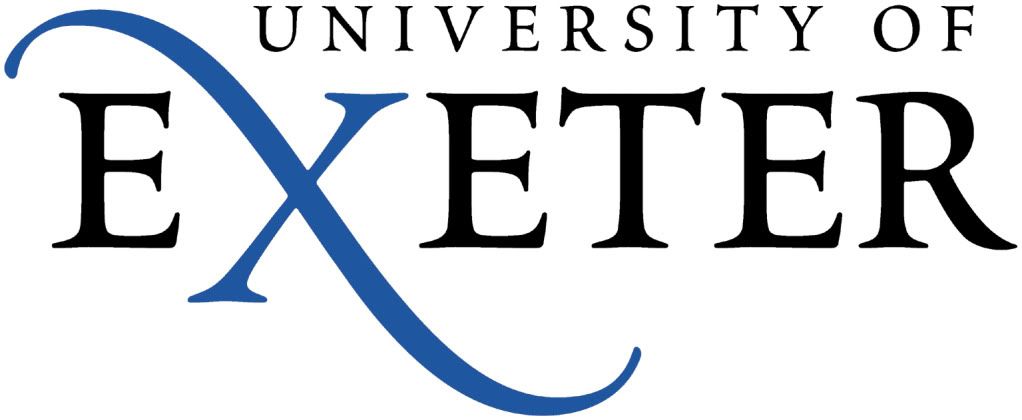On my first day at the University of Arts Berlin Archive I was given an introduction to the collections, the history of the institution, and Archives in Berlin in general. An important function of the Archive is to preserve the history of the University and its preceding institutions. It was established in 1975 in what was then West Berlin after the College of Fine Arts and the Academy of Music and Performing Arts, both founded in the latter part of the 19th century, were merged. The four colleges specialise in fine arts, architecture, music, performing arts and media and design. The Archive represents these disciplines, as well as holding modern and historical administrative records. The roots of the Arts University can be traced back more than 300 years to the foundation of the Brandenburg-Prussian Academy of Arts in 1696, but the collections from the College of Fine Arts and the Academy of Music and Performing Arts make up a much larger part of the Archive.
The Archive collects the archives of individuals, particularly those who have had a close relationship with the University, such as lecturers. One of the most important collections is that of Karl Blossfeldt, an important photographer and sculptor best known for his close-up photographs of plants in the early 20th century. He taught sculpture at the Royal Museum of Decorative Arts and later the United State School for Fine and Applied Arts between 1899 and 1930, both predecessors of the present-day University. A database has been created so that all the images held by the University Archive can be viewed on-line, which can be found here - well worth a look!
Like our Archive Service, the University Archive in Berlin takes in collections that are connected to the subjects studied at the University that are of research value to the students. Unlike us, however, they are responsible for administrative records of a semi-current nature, such as student records. These are requested frequently by offices within the University and since they are not yet archival there is no issue around their controlled access. While our collections are used often by our students for inspiration, particularly the Ian Stern photographic collection and our Cornish Performance Archives, the archives at the University in Berlin are almost only used for research purposes.
One fundamental difference between the British and German systems is the existence of Archive Law in Germany. Each state has its own law which applies to the State Archives and the archives of any other public body in the State, such as University Archives. The Berlin Public Records Act (Archivgesetzes des Landes Berlin) was passed in November 1993 and sets out legislation on the preservation and use of Archives in the State of Berlin. Some clauses are particularly interesting:
So after having my mind boggled with all this very interesting legislation on my first morning, I was able to have a slightly less strenuous afternoon at the University Library.
The Library is shared by the University of the Arts Berlin and the Technical University and is absolutely vast! The Library covers all the subjects offered by both institutions. The University of the Arts Library, due to its long and varied history, has a comprehensive collection of old stock, which makes up the Rare Book section. I was taken to see the Rare Books, which are kept in a secure room. The majority are German but there are also many English books - I spotted a shelf full of Thomas Hardy! There are also many original music manuscripts.
The Library opened in 2004 and is amazingly high-tech - it even has conveyor belts to move books around between floors and the machines for returning books sort them all by themselves! It became obvious looking round that these things were necessary for the running of the Library, which is so big and has such a large capacity - without such technology the library staff would be completely overwhelmed. It's a fantastic building and a great place to study, with works of art on each floor for inspiration. There is a media centre where videos, DVDs and CDs can be viewd or listened to and also a digital piano where students can try out music scores.
So at the end of my first day I felt I'd already learnt quite a lot! And I was really looking forward to what the rest of the week would bring...
 | |||||
| University of the Arts Berlin Archive Store © Mary Allen |
Like our Archive Service, the University Archive in Berlin takes in collections that are connected to the subjects studied at the University that are of research value to the students. Unlike us, however, they are responsible for administrative records of a semi-current nature, such as student records. These are requested frequently by offices within the University and since they are not yet archival there is no issue around their controlled access. While our collections are used often by our students for inspiration, particularly the Ian Stern photographic collection and our Cornish Performance Archives, the archives at the University in Berlin are almost only used for research purposes.
 |
| Some semi-current files in the Archive store © Mary Allen |
- Section 3 provides a definitition of archives as documents of value, for example deeds, acts, personal papers, audio and visual material, maps, files. Archival material is that which is worth being preserved and is necessary for research, education, and understanding of the past and present.
- Section 4 states that all authorities, courts and agencies of the State are required to get rid of all documents that are no longer needed, usually 30 years after its creation, unless there are other laws to determine deadlines. Construction records, for example, are usually kept for 90 years.
- Section 7 says that the State Archive must ensure the orderly and proper permanent storage of archival material.
- Section 8 says that records relating to an individual can only be disclosed to 3rd parties with the consent of the individual concerned. After the death of an individual, a further 10 years must elapse before the records can be used, with the consent of relatives. If the date of death is unknown, the protection period is 90 years after birth and if the date of birth is not known the protection period is 70 years after the document was created.
 |
| University Library © Mary Allen |
The Library opened in 2004 and is amazingly high-tech - it even has conveyor belts to move books around between floors and the machines for returning books sort them all by themselves! It became obvious looking round that these things were necessary for the running of the Library, which is so big and has such a large capacity - without such technology the library staff would be completely overwhelmed. It's a fantastic building and a great place to study, with works of art on each floor for inspiration. There is a media centre where videos, DVDs and CDs can be viewd or listened to and also a digital piano where students can try out music scores.
So at the end of my first day I felt I'd already learnt quite a lot! And I was really looking forward to what the rest of the week would bring...


No comments:
Post a Comment